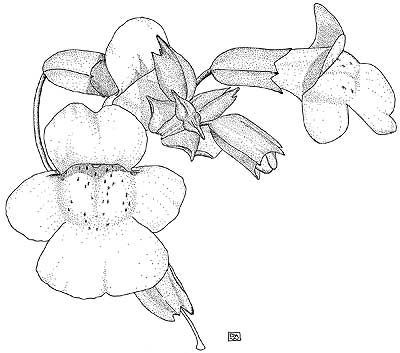
By David Wagner
 |
The black cottonwoods by the river began leafing out and flowering at the beginning of March this year, rather earlier than usual. Their bud-burst takes place in two pulses with little overlap, separated by a slow week or so. The first cohort of cottonwoods gambles on the chance that an early spring will allow an early start to the growing season. The late cohort hedges its bets, delaying bud-burst to accommodate any late season freezing weather.
The Oregon white oak, known as Garry oak outside of Oregon, is much more conservative. The oaks simply wait until May to get a full crown of leaves. Bud-burst, with pollen catkins suspended to shake in the wind, begins at the end of April. The female flowers, like those of most wind pollinated trees, are all but invisible to any except oak lovers. Only the development of acorns later in the season shows their location. With the final closure of the canopy in the broadleaf trees, all the bird nests we saw during the winter disappear from view. Do the nest builders return to the same nest year after year? You must be a careful observer to determine this; it varies among different species of birds.
The peak of the wildflower season is celebrated in the Eugene area by the Wildflower Festival at Mount Pisgah Arboretum from 10 am to 4 pm Sunday, May 16. Monkey flowers from the mountains, prairie stars from the grasslands, and products of local native plant nurseries will be on display.
David Wagner is a botanist who has lived in Eugene for more than 30 years. He teaches mosses and leads plant walks. He may be reached at fernzenmosses@me.com